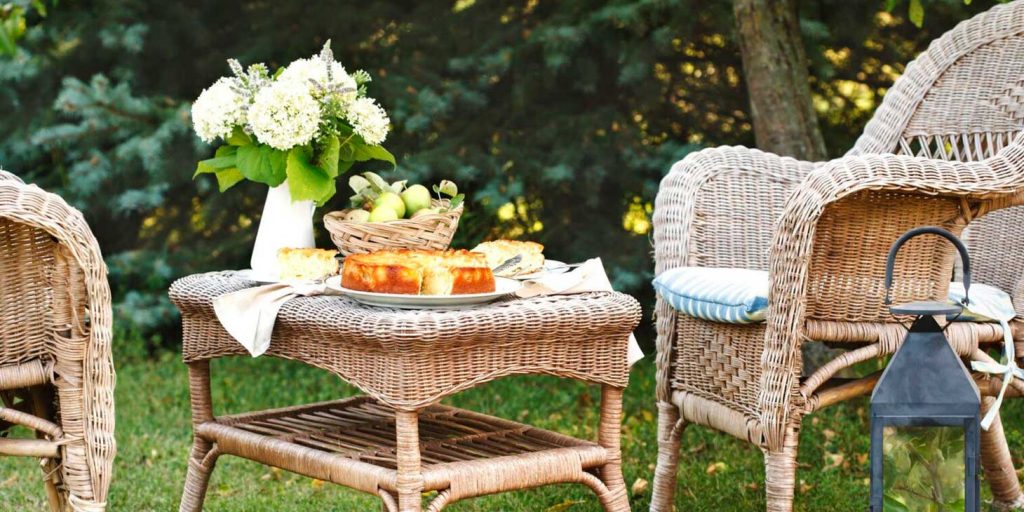Article Written by : Furniture Holic – Online Home Furniture Magazine
Improving home is one best way of recreating a living space to energize the aura of the house and the people living in it. The concept of home improvement has different categories. The most common one is renovation, which alters the existing home structure. However, new constructions, redesigning, redecoration, and repair are also part of the wider concept of home improvement.






Follow us on Social Media!